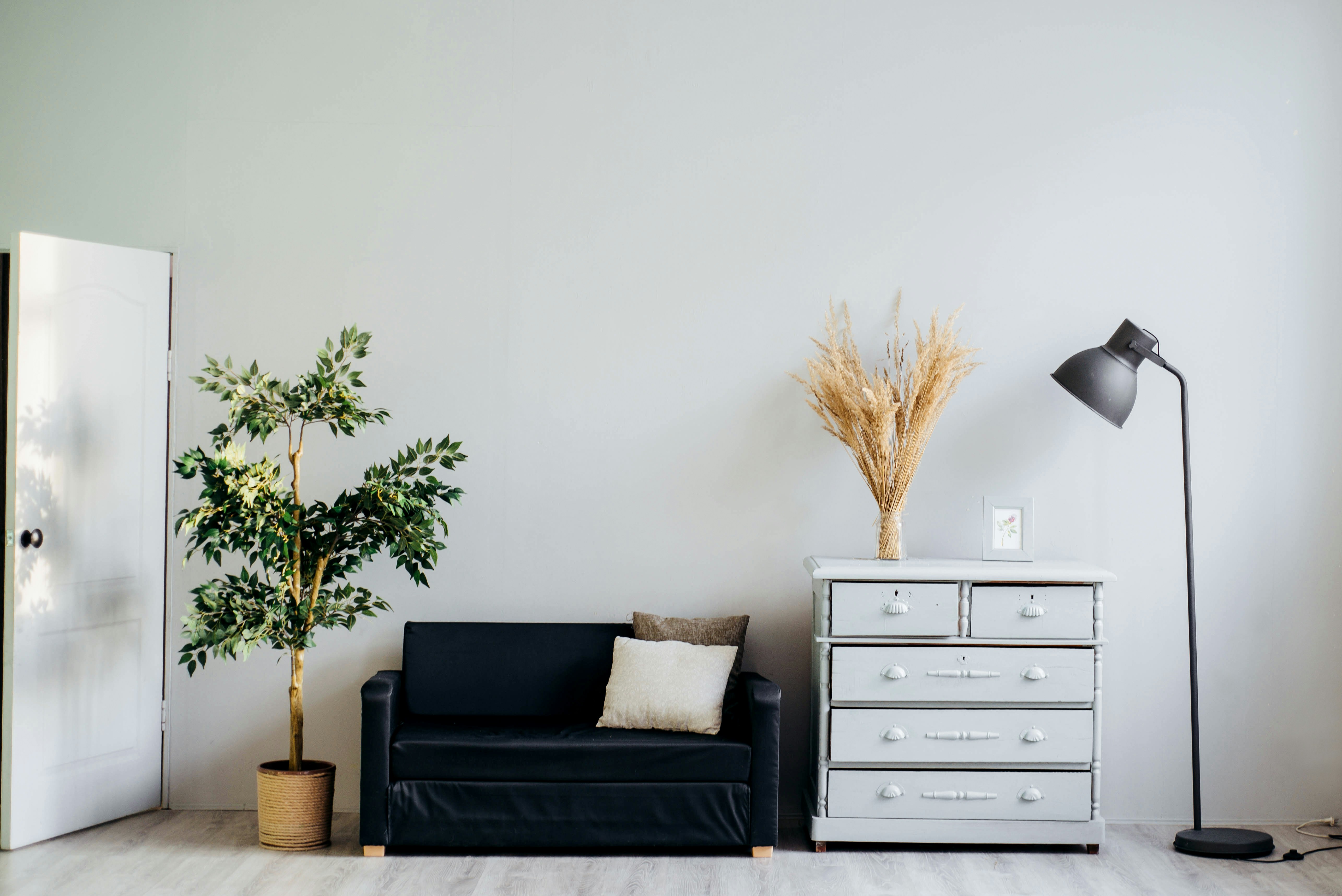"Rejuvenating Spaces: The Art of Repurposing Furniture in Contemporary Home Design"
Introduction: In the ever-evolving landscape of home design, one trend stands out for its unique blend of sustainability and style: repurposing furniture. This practice is not just a creative way to breathe new life into old pieces; it's a statement that reflects our collective commitment to reducing waste and embracing a more thoughtful, eco-friendly lifestyle.

The Story of Repurposing Furniture
Furniture repurposing, or “upcycling,” has its roots in the post-World War II era, when resources were scarce and people were compelled to reuse and reinvent their possessions. This practice evolved over time, with the hippie movement of the 1960s and 1970s further popularizing the concept. Today, repurposing furniture has emerged as a mainstream trend, driven by a growing consciousness about sustainability and a desire for unique, personalized home decor.
Modern Interpretations of an Age-Old Practice
In the contemporary home and garden landscape, repurposing is about more than just sustainability—it’s about creating a unique aesthetic and a sense of personal identity. Old wooden crates become chic coffee tables, vintage ladders are transformed into quirky bookshelves, and antique dressers are reborn as stylish bathroom vanities. This trend is testament to the endless possibilities when creativity meets sustainability.
Practicality and Market Trends
The practicality of furniture repurposing is undeniable. It offers a cost-effective solution to homeowners looking to revamp their interior decor without breaking the bank. Furthermore, the market for repurposed furniture has been thriving, with numerous online platforms and local stores catering to this demand. The trend has also spurred a new sector within the interior design industry, with professionals specializing in the art of upcycling.
Enhancing Daily Living Through Repurposing
On a deeper level, repurposing furniture can significantly enhance the quality of our daily lives. It encourages us to see the potential in the old and discarded, fostering creativity and problem-solving skills. Moreover, it instills a sense of pride and satisfaction in creating something beautiful and functional from something that was once destined for the landfill.
Research-Backed Benefits
Research suggests that repurposing furniture can have multiple benefits, from reducing environmental impact to improving mental health. A study published in the Journal of Cleaner Production found that furniture upcycling can significantly reduce waste and carbon emissions. Meanwhile, several psychological studies have highlighted the therapeutic benefits of creative activities like furniture repurposing.
Repurposing furniture is more than just a trend—it’s a lifestyle choice that reflects our commitment to sustainability, creativity, and mindful living. As we continue to navigate the complexities of the 21st century, this practice offers a way to reclaim control over our living spaces, creating homes that are not just beautiful, but also a reflection of our values and aspirations.




